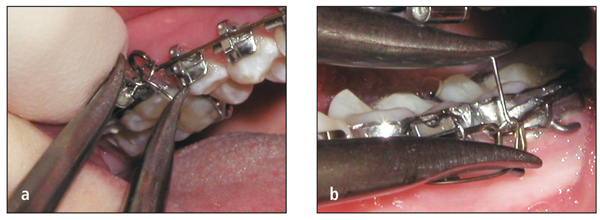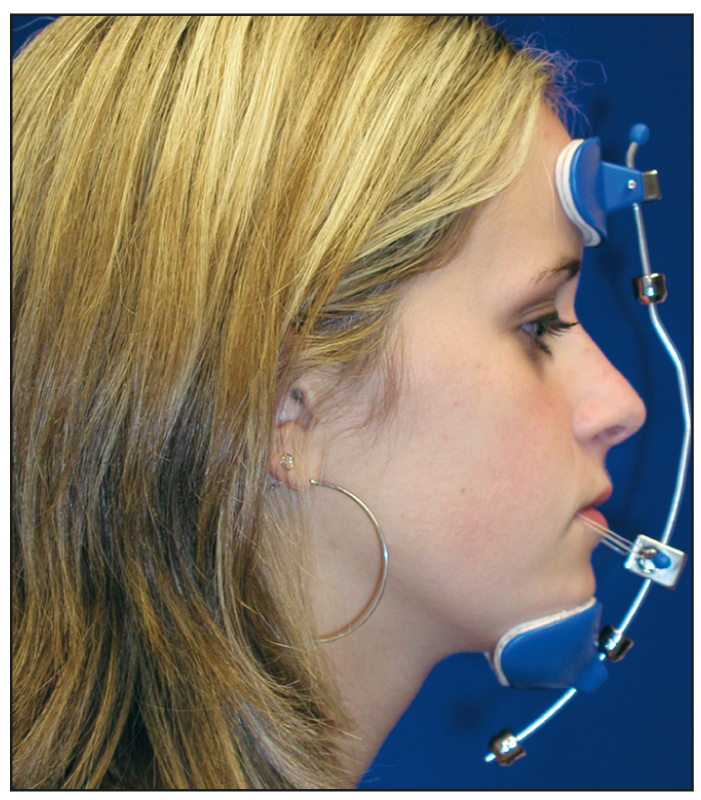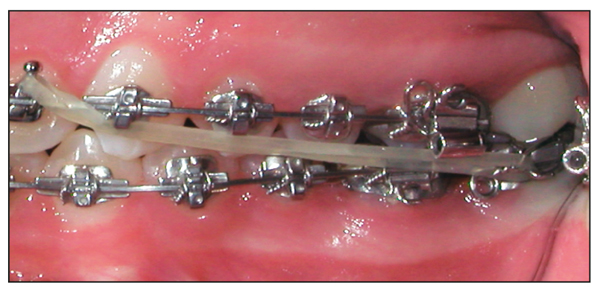
Consolidate Arches Early in Treatment
The goal of using continuous archwires rather than segmented wires is to move each individual tooth into its proper position, close all spaces in the arch, and then get into the finishing archwire as quickly as possible. If this sequence is followed, there is no jiggling of teeth, which could cause root resorption. The teeth are moved to their final positions early in treatment and then held firmly with the finishing archwire. In essence, for the remainder of the treatment time, the teeth are in retention because there is little or no movement of individual teeth. The remainder of the treatment primarily involves the coordination of the arches and the establishment of a Class I occlusion.
Rationale
One of the most common mistakes observed in incoming transfer patients is that spaces are still present, although treatment has been ongoing for 12 to 18 months or more. With some exceptions, a good rule to follow is to close spaces as early as possible in the treatment.
The purpose of space closure is to change 10 to 12 independent force units (the teeth) into a single unit (the arch). When this has been accomplished and then tied back (Fig 11-1), orthopedic forces such as a facebow (see Fig 5-4) or face mask (Fig 11-2) can create skeletal changes rather than dental changes. In addition, when intraoral elastics are attached to the ball hooks on the lateral incisor brackets (Fig 11-3), they will not move individual teeth or create spaces between the teeth.
Fig 11-1 (a) Maxillary archwire tied back using 0.012-inch ligature wire wrapped around molar tube and omega loop to maintain consolidation. (b) Mandibular archwire tied back to the second molar to maintain consolidation.
Fig 11-2 Face mask or facebow worn to a consolidated, tied-back maxillary archwire will create orthopedic forces that inhibit or increase skeletal sagittal growth (see Fig 5-4).
Fig 11-3 When elastics are placed on ball hooks with tied back consolidated arches, they create orthopedic forces. No spaces will open between the teeth. No need to “lace” the teeth together.
Techniques
Methods of arch consolidation depend on the treatment plan. In nonextraction treatment, a 0.016-inch stainless steel maxillary archwire, usually with an accentuated curve of Spee, is tied from molar to molar with elastomeric chain. In those rare situations where spacing is present in the mandibular arch, the 0.016-inch stainless steel archwire will have reverse curve. Changing the chain every 4 to 5 weeks will quickly and effectively close small spaces and consolidate the arch. The success of this is a result of the low friction with the steel wire and steel brackets.
In extraction cases, the maxillary spaces are closed first by retracting the maxillary canines using elastomeric chain from the molars to the canines, and then by retracting the incisors with archwire closing loops (Fig 11-4). In the mandibular arch, the six anterior teeth are retracted en masse (Fig 11-5). The rationale for use of these closing mechanics is discussed in principle 18.
Fig 11-4 Sequential steps for space closure in extraction cases: maxillary arch.
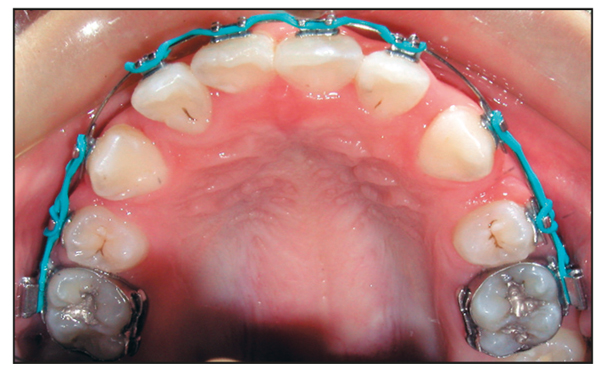
Fig 11-4a Maxillary 0.016-inch stainless steel archwire with power chains to retract canines.
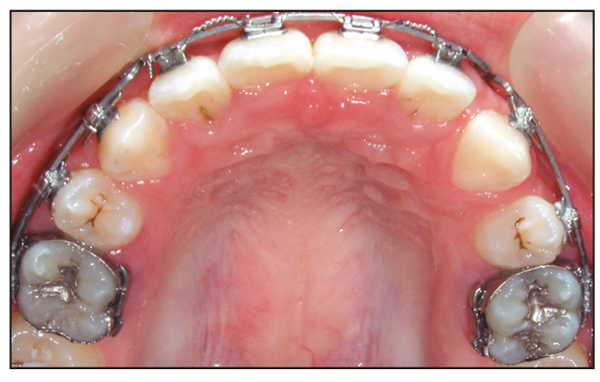
Fig 11-4b Maxillary closing loops to retract four incisors.
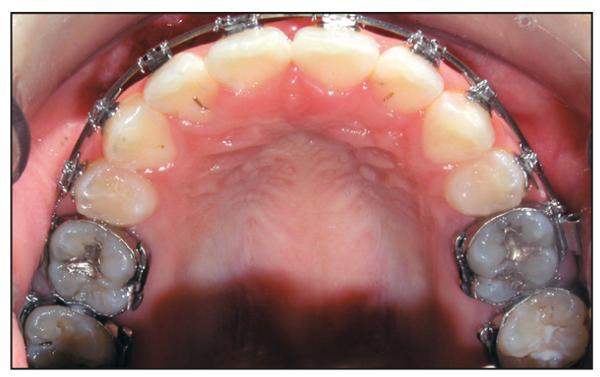
Fig 11-4c Maxillary spaces closed. Final archwire, 0.017 × 0.025-inch stainless steel.
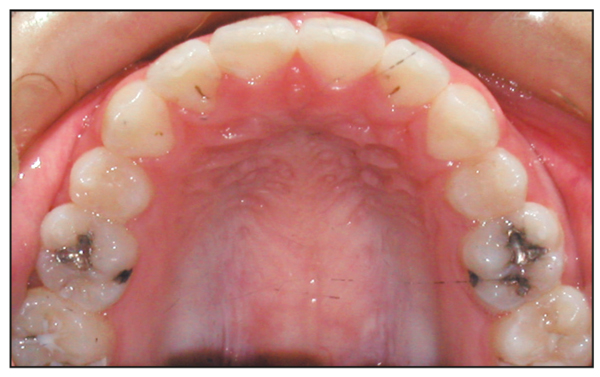
Fig 11-4d Final maxillary arch form.
Fig 11-5 Sequential steps for space closure in extraction cases: mandibular arch.
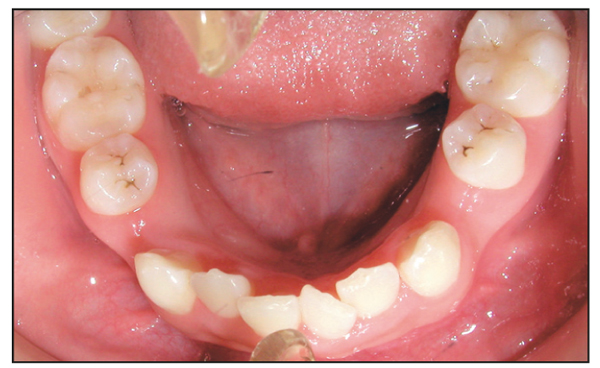
Fig 11-5a “Driftodontics” takes place in the mandibular arch .
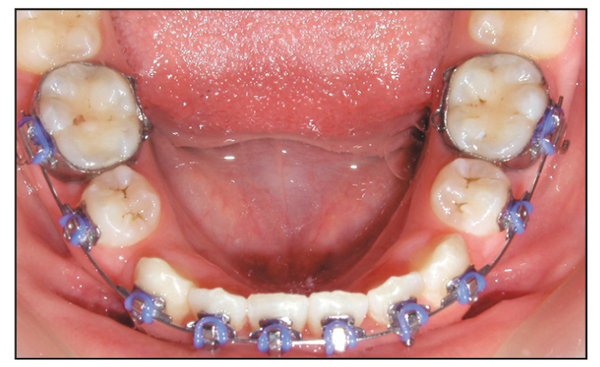
Fig 11-5b Mandibular arch ready for closmandibular arch. ing loops.
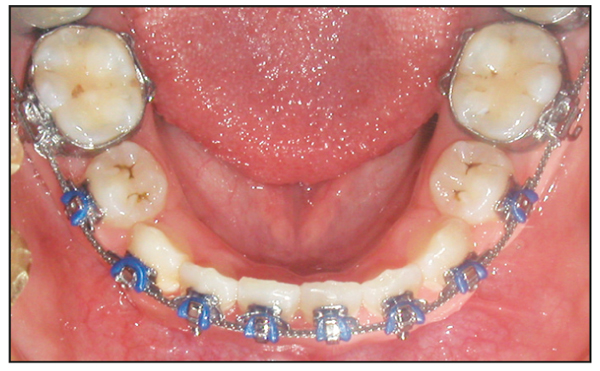
Fig 11-5c Mandibular second molars banded.
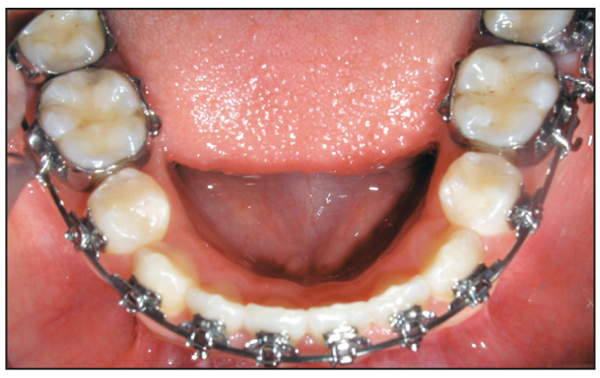
Fig 11-5d Mandibular final archwire,/>
Stay updated, free dental videos. Join our Telegram channel

VIDEdental - Online dental courses


